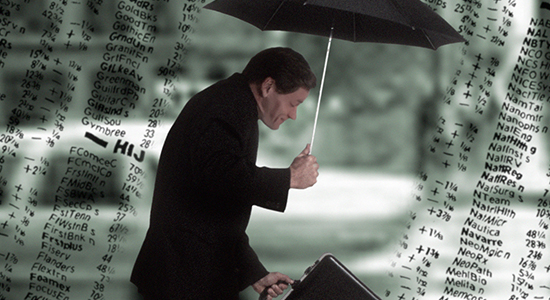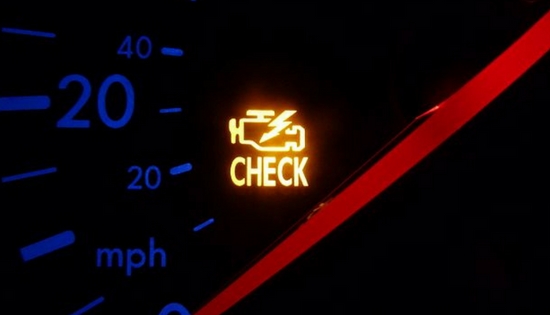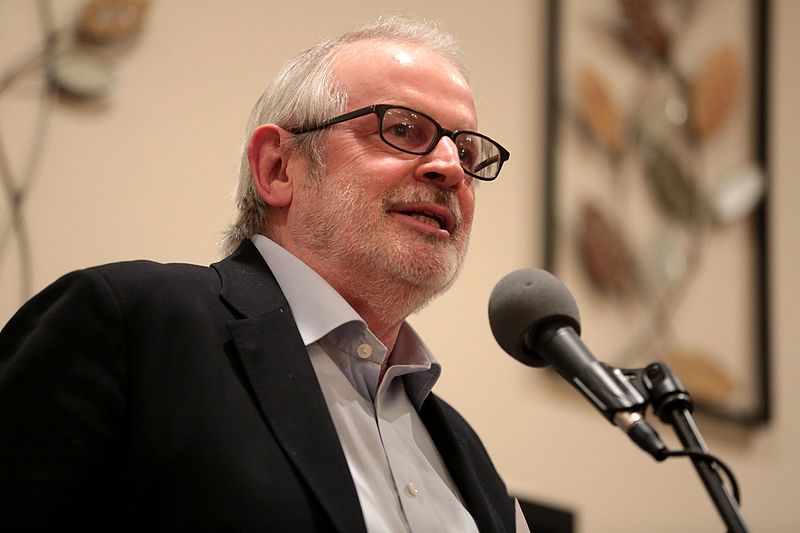The SchiffGold Friday Gold Wrap podcast combines a succinct summary of the week’s precious metals news coupled with thoughtful analysis. You can subscribe to the podcast on iTunes.
Rising interest rates could unleash a zombie company apocalypse – if the Fed lets it happen.
Corporate bankruptcy levels in the US hit seven-year highs last month.
New Chapter 11 bankruptcies surged 63% year-over-year in March. All-told 770 companies filed for Chapter 11 protection last month. That is the highest level since April 2011.
Stock markets had another bad day Tuesday. The Dow Jones fell over 400 points as the 10-year Treasury yield broke through 3%. Several “marquee” companies warned of higher costs, including Google-parent Alphabet and Caterpillar.
In his latest podcast, Peter Schiff said he thinks the correction is over.
Not the downward move. That is not the correction. This is the bear market. The upward move was the correction. It was the first correction in this young bear market that technically is not a bear market yet because we’re not down 20%. But that’s only a matter of time before the people call the bear market what it is.”
Can the auto industry survive in a high interest rate environment? We’re about to find out.
Earlier this month, we reported that the air has started to come out of the subprime auto bubble. Nevertheless, Americans are still buying cars. Last week, we got a Commerce Department report that consumer spending was up thanks in large part to the strongest auto sales in six months. But there is a dark lining in this silver cloud and the long-term prospects for the auto industry could be dimming.
Why?
The SchiffGold Friday Gold Wrap podcast combines a succinct summary of the week’s precious metals news coupled with thoughtful analysis. You can subscribe to the podcast on iTunes.
The stock market continued its yo-yo ways on Friday. After three straight days of healthy gains, the Dow Jones Industrials fell 572 points to end the week, closing below 24,000. The Nasdaq also plunged, dropping 161 points.
Peter Schiff has been saying for weeks this is a bear market. Well, now even Pres. Trump has said investors may see some short-term pain in the stock market. But the president says it will all be worth it because we will get long-term gain, referring to the benefits we’ll reap when we win the trade war. In his most recent podcast, Peter said that’s not how it’s going to play out.
We’re going to have short-term pain and then the pain is going to get worse in the long-run.”
The big problem is, nobody is really ready for any pain at all.
It looks like the subprime auto loan bubble has popped.
Last year, we reported that the auto industry’s check engine light was on. Now it looks like the thing is totally breaking down. Small subprime auto lenders are starting to go belly-up due to increasing losses and defaults. As ZeroHedge noted, “we all know what comes next: the larger companies go bust, inciting real capitulation.”
Jim Grant recently interviewed former Ronald Reagan Officer of Budget and Management David Stockman on his Grant’s Interest Rate Observer podcast.
Their conclusion?
America is broke.
And central bank free money broke it.
“As a dog returns to its vomit, so fools repeat their folly.” – Prov. 26:11
It appears there is some repeat folly brewing.
Remember subprime mortgages? Well, they’re back.
The SchiffGold Friday Gold Wrap podcast combines a succinct summary of the week’s precious metals news coupled with thoughtful analysis. You can subscribe to the podcast on iTunes.










